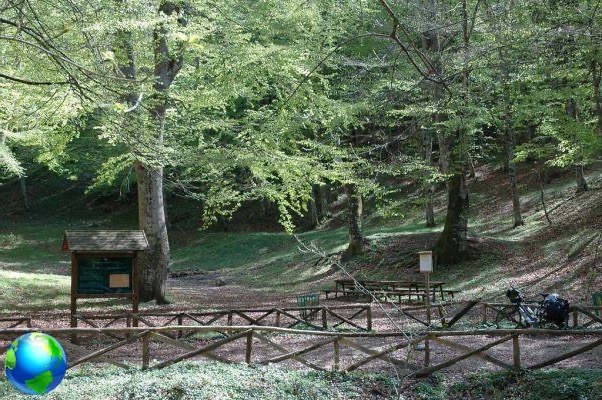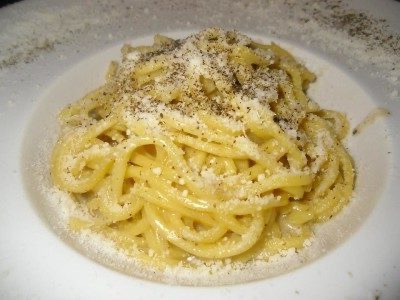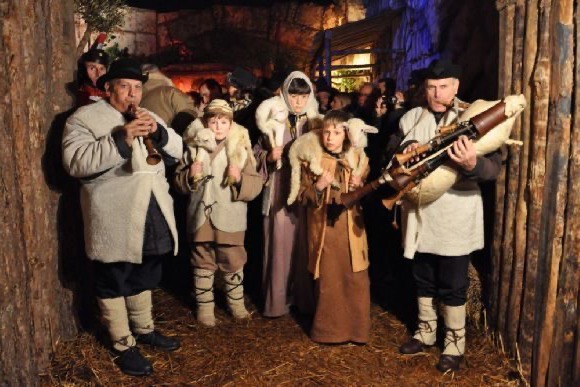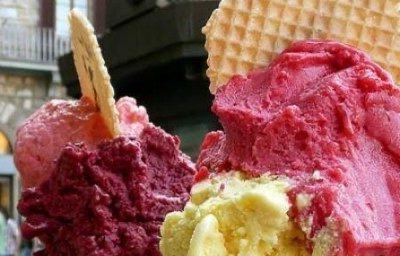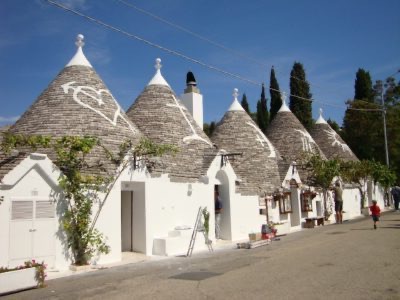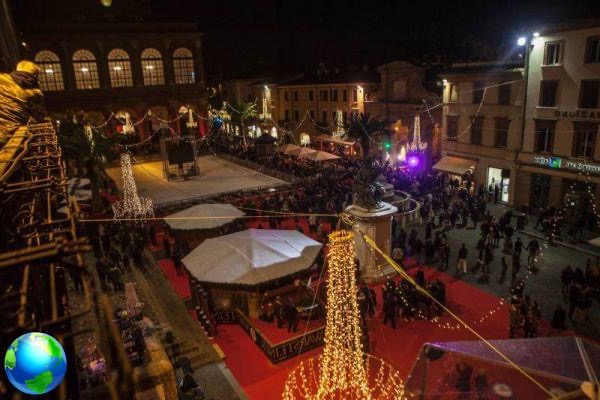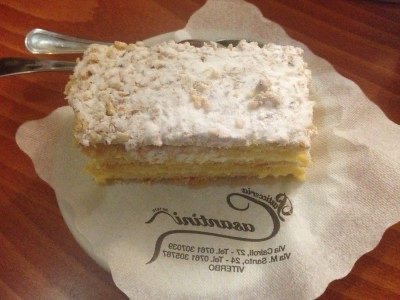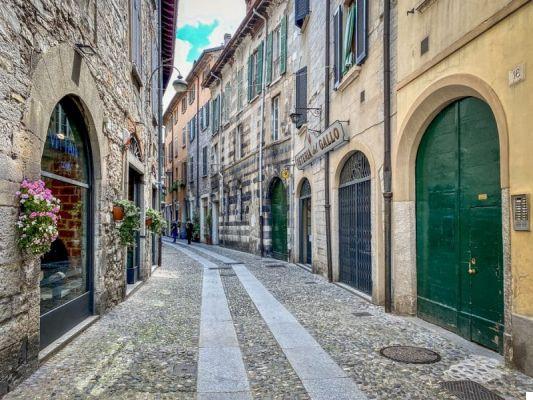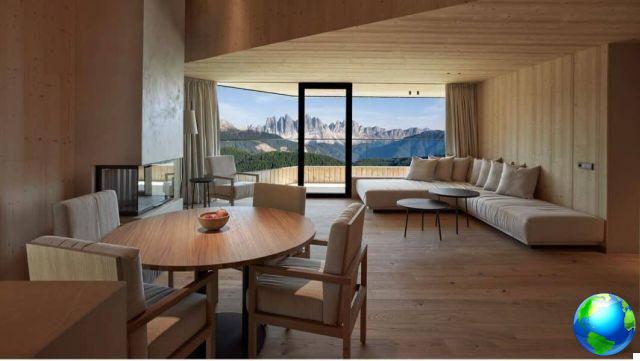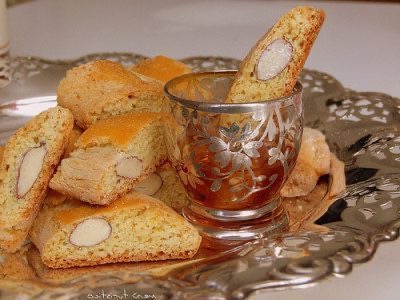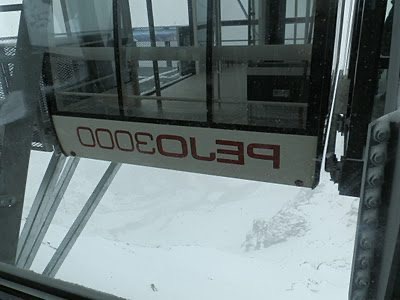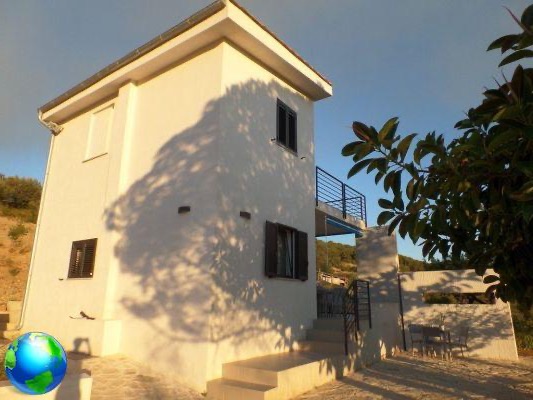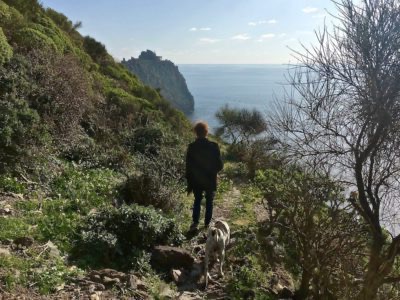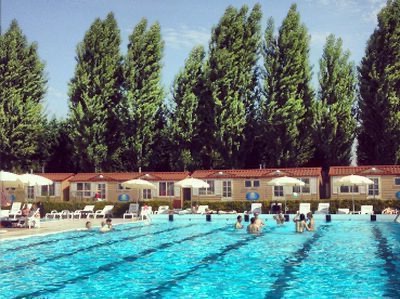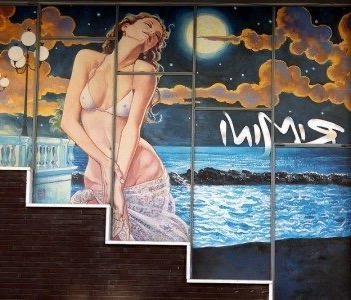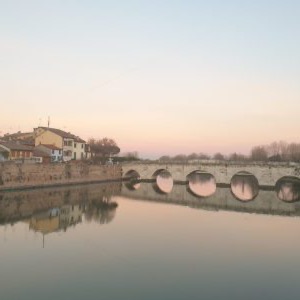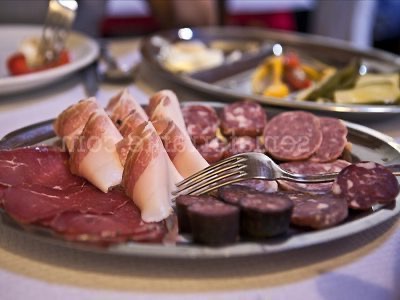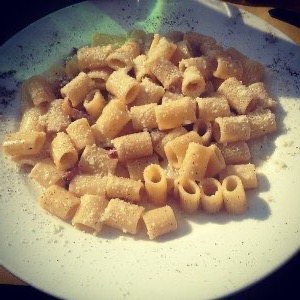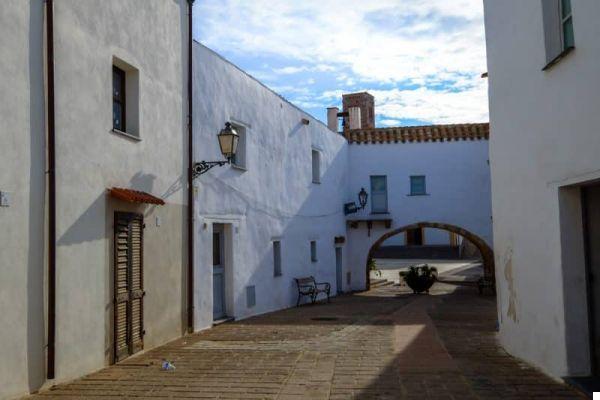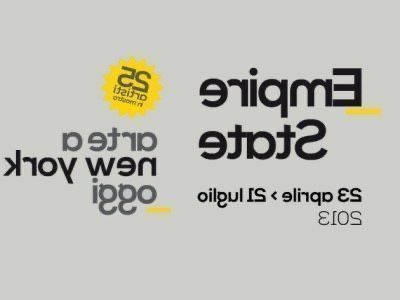Rovigo will reserve you one surprise after another: in the post, all the tips for organizing a stay in the Venetian city and strolling through the streets of Fratta Polesine.
I have recently been two days in Rovigo: reason for the trip, to visit an exhibition that particularly interested me.
The exhibition is now over, so it is not the subject of this post. Even if the exhibition venue, Palazzo Roverella, in the historic center of the city, is a cultural subject to keep an eye on because the activity is very intense and of a high level.
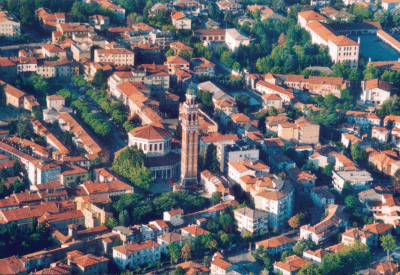
Rovigo: where it is
Rovigo is a small town, squeezed between two large rivers: it is located just north of the Po which at this point constitutes the administrative border between Emilia Romagna and Veneto, and just south of the Adige.
But if we have to talk about a region, I would say that Rovigo is part of the Polesine, given that the Po is a strong presence even if it does not flow into the city: the water characterizes the whole area, in addition to the history of the area, plagued by numerous floods over the centuries.
The historic center of Rovigo
The historic center is small and easily explored on foot: two squares are the pulsating center of city life, Piazza Vittorio Emanuele II and Piazza Garibaldi.
The Municipality is located in Piazza Vittorio Emanuele at the Loggia dei Notari: the whole square is surrounded by arcades, under which there are shops and cafes.
On this square stands the column with the lion of San Marco erected at the beginning of the sixteenth century.
The Serenissima conquered these territories - which had belonged to the Este family - in 1482, but I must say that the Venetian traces are there, but without that “marking” of the territory that can be seen in other Venetian cities.
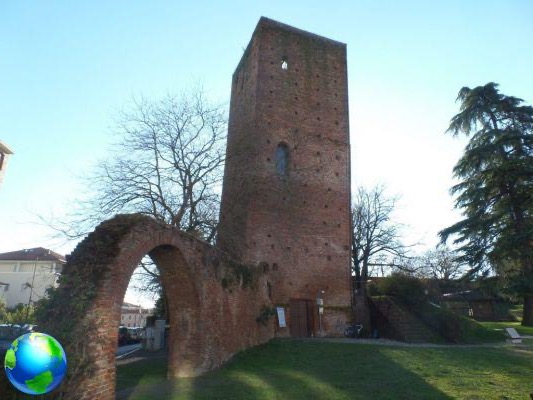
The large building of the bag, with its ancient café, is located in Piazza Garibaldi.
Here is also the Teatro Sociale, in neoclassical style.
Of course, the structure of Roverella Palace, an exhibition venue but also a noble palace.
Discover Rovigo along Corso del Popolo
The beauties of Rovigo are concentrated in a few square meters, also delimited by the large Corso del Popolo, an artery full of shops, clubs and life, which I have traveled several times, up and down, and which was born on the Adigetto underground.
Following the Corso del Popolo, we arrive at two towers of very ancient origin (920 AD) which are what remains of Rovigo Castle. Both towers are leaning.
I also liked Piazza Merlin very much, with a public garden which, in 1930, took the place of the Jewish ghetto. From this square you can access the covered market, with a small square where you can buy vegetables, bread, fruit.
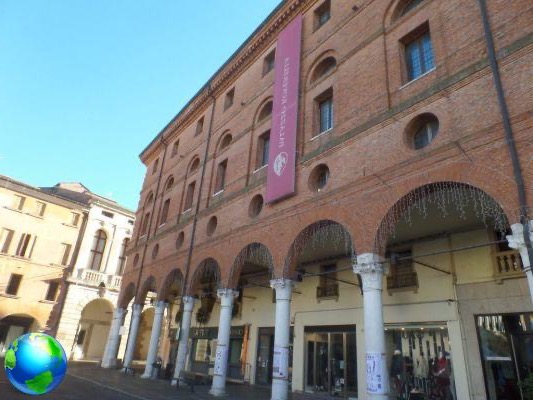
The surroundings of Rovigo: Fratta Polesine
15 kilometers from Rovigo there is a small town full of monuments to visit: I discovered it a bit by chance, it's called Fratta Polesine. The modern square which can be reached from Rovigo by car is Piazza Matteotti, a toponymy that has its own reason, as I will explain shortly.
Once the car is parked, one is immediately attracted by the scenographic bulk of a large one Palladian villa, Villa Badoer (UNESCO World Heritage Site). I don't know exactly how many villas are in this small town, furrowed by canals and bordered by green fields, certainly many because they are indicated by brown tourist signs.
La Fratta was chosen by wealthy Venetians as a place to spend the summer and at the same time have control over the lands and crops.
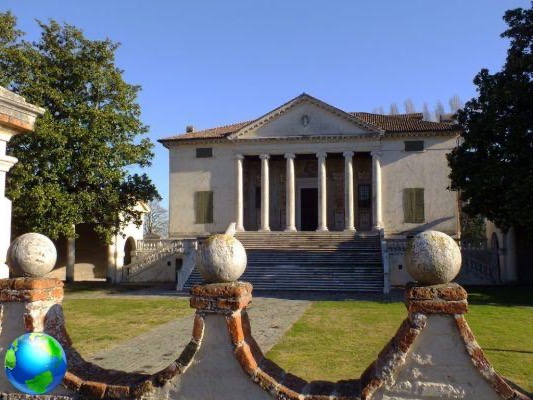
The beauty of Villa Badoer
Villa Badoer is of disconcerting beauty, it is one of the most successful Palladian villas. And you can visit it.
How elegant it is outside, how fascinating it is inside, completely covered with frescoes.
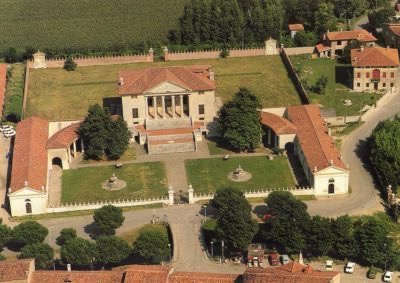
With a multiple ticket called FrattaCard (at a cost of 6 euros and valid for 30 days) you can visit the Villa, the National archeologic museum (which is housed in one of the villa's barns) and the Giacomo Matteotti House Museum.
Matteotti was originally from Fratta: the beautiful house, with its original furnishings, is one of the places of interest in this small town.
Obviously, beyond the furniture and family portraits, what interests him is the documentary aspect on the life of the socialist politician who was killed by the fascists in 1924: photographs, newspaper articles, films.
The repercussions on Italian political life and on the life of the family (his wife, Velia Titta, was a poet: they had three children) who kept the villa until the death of the youngest daughter of Giacomo and Velia.
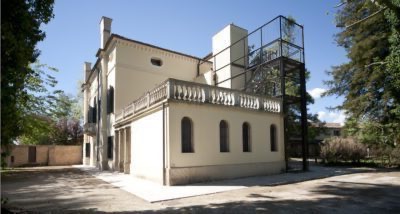
One surprise after another in this small, quiet town of Polesine.




